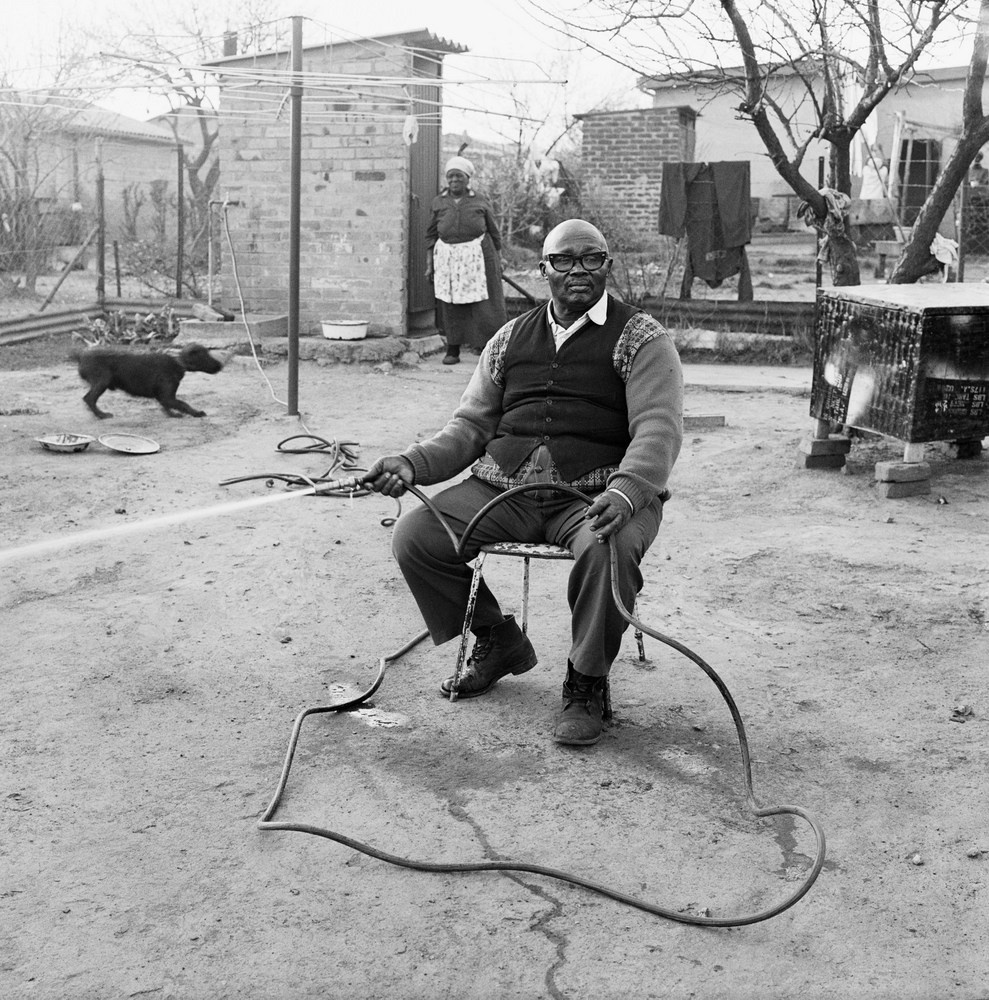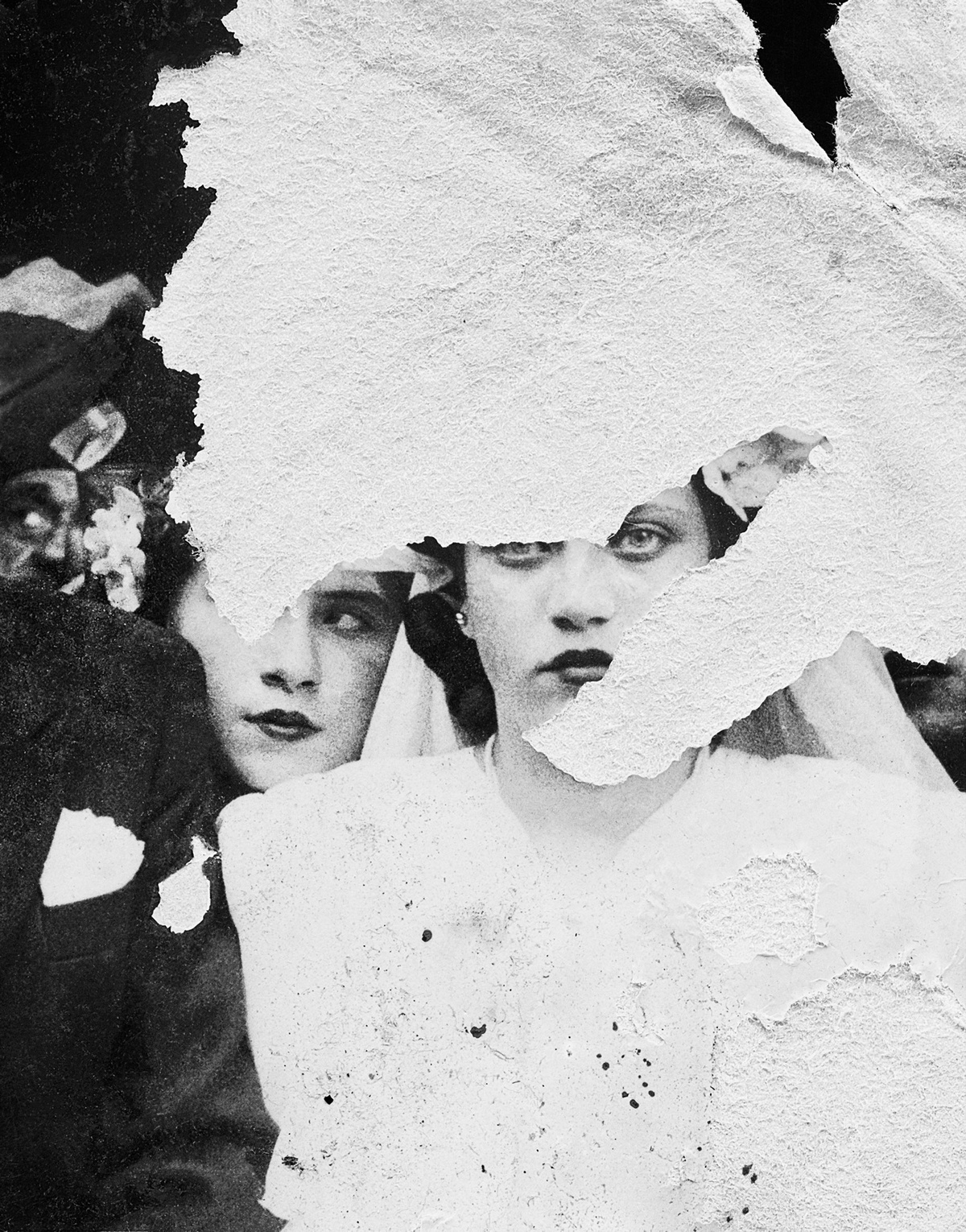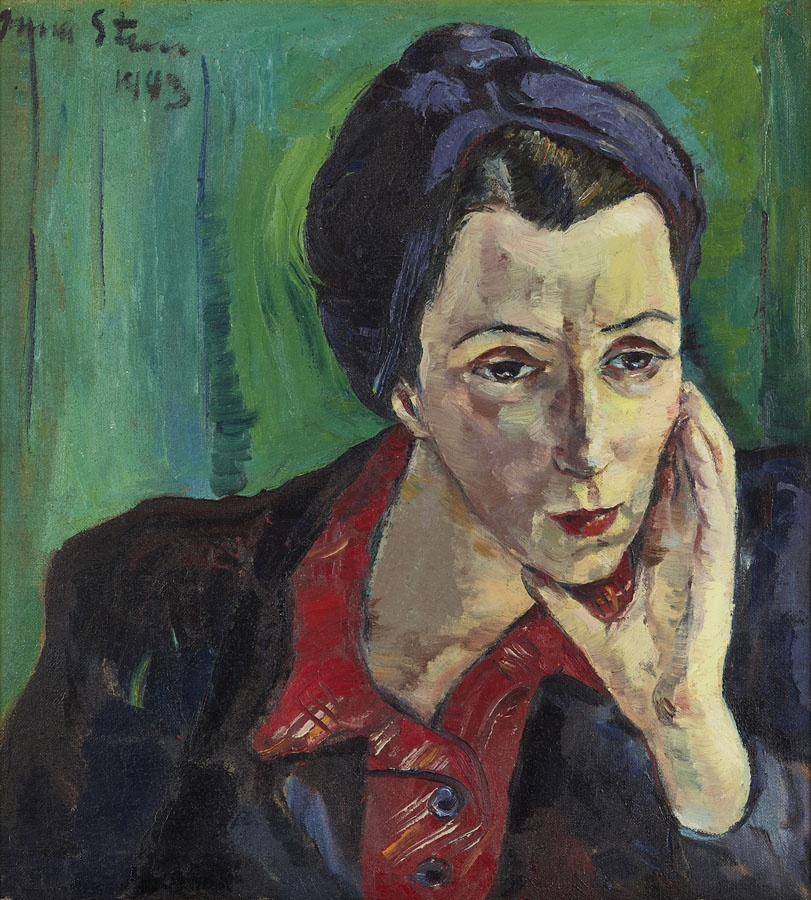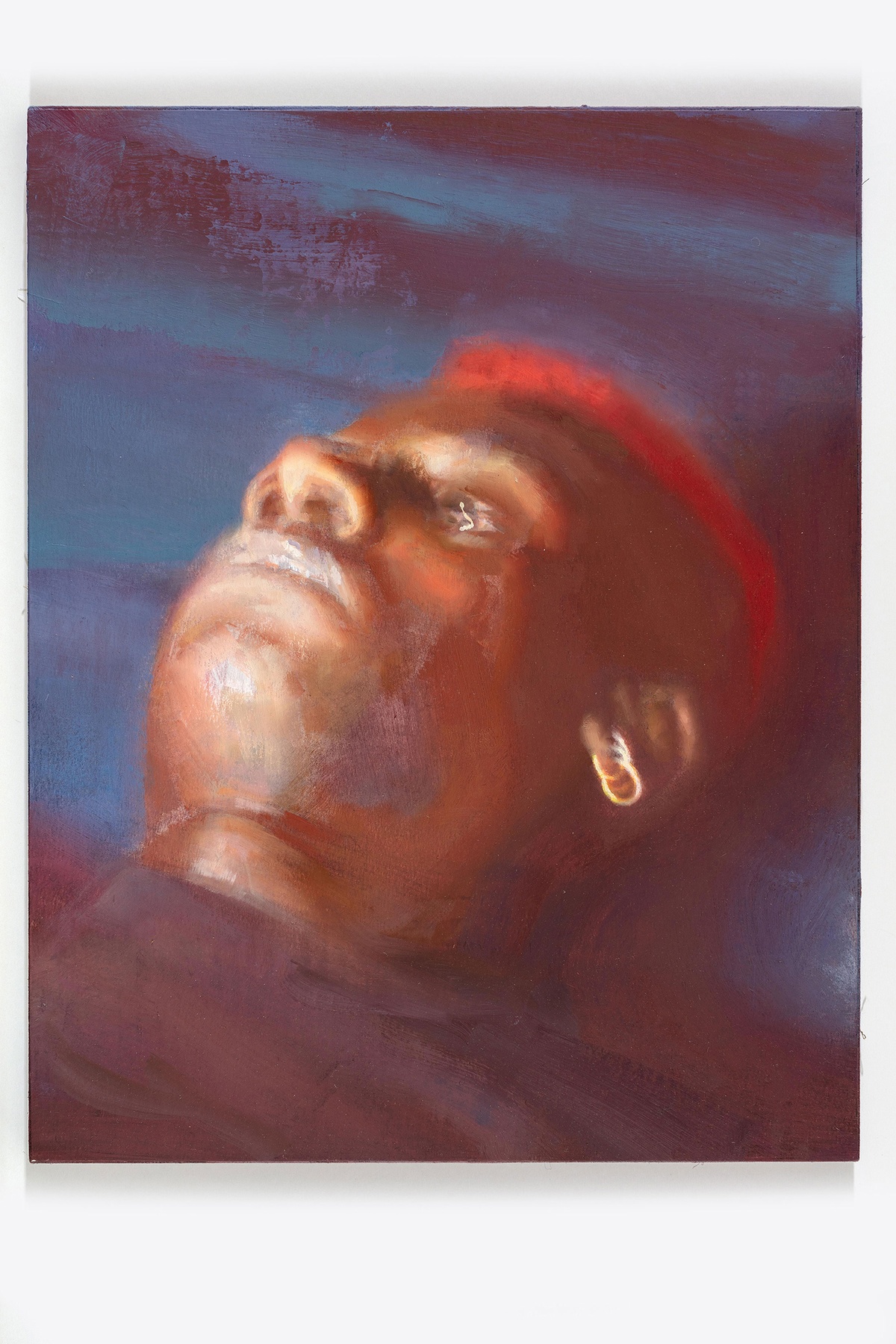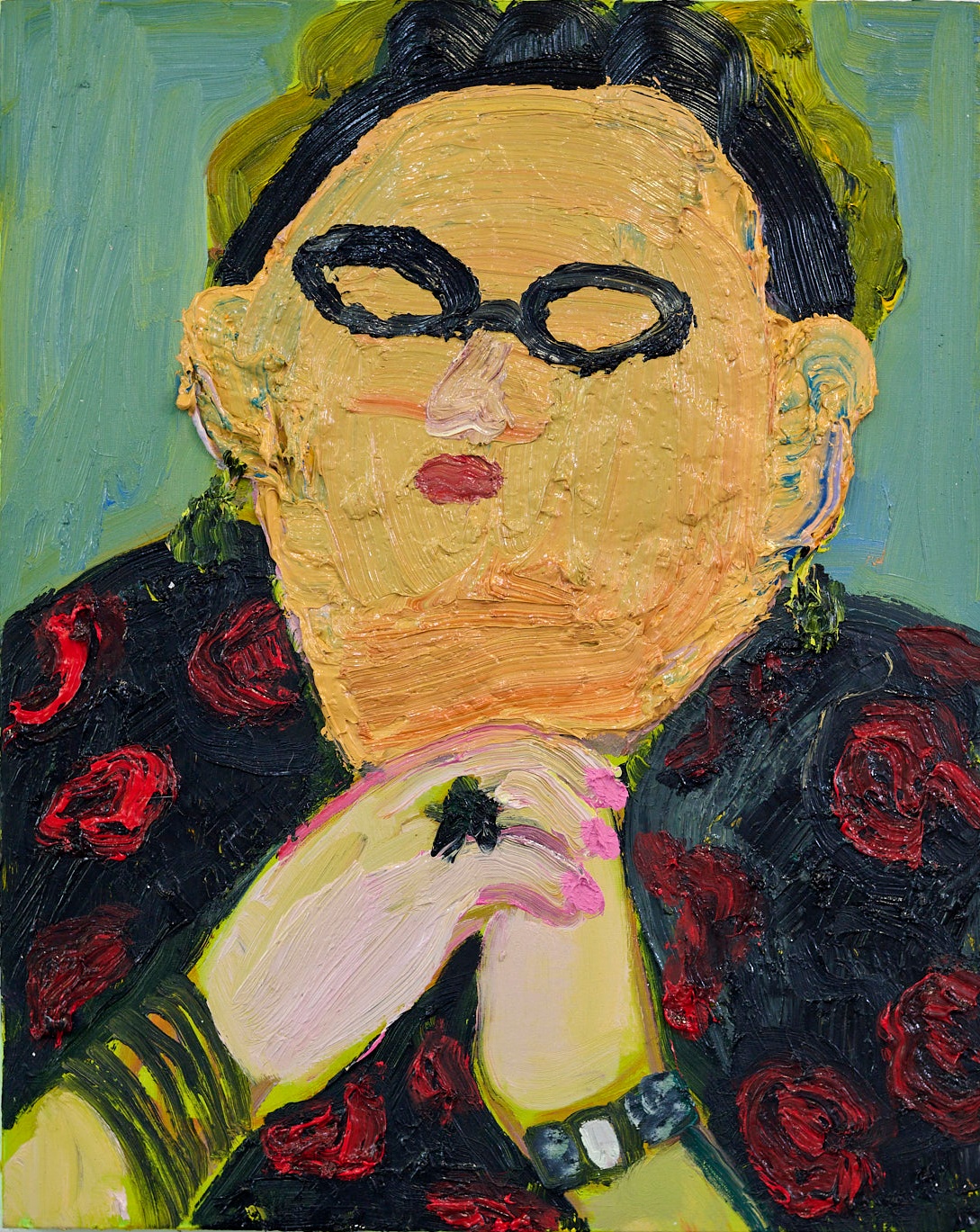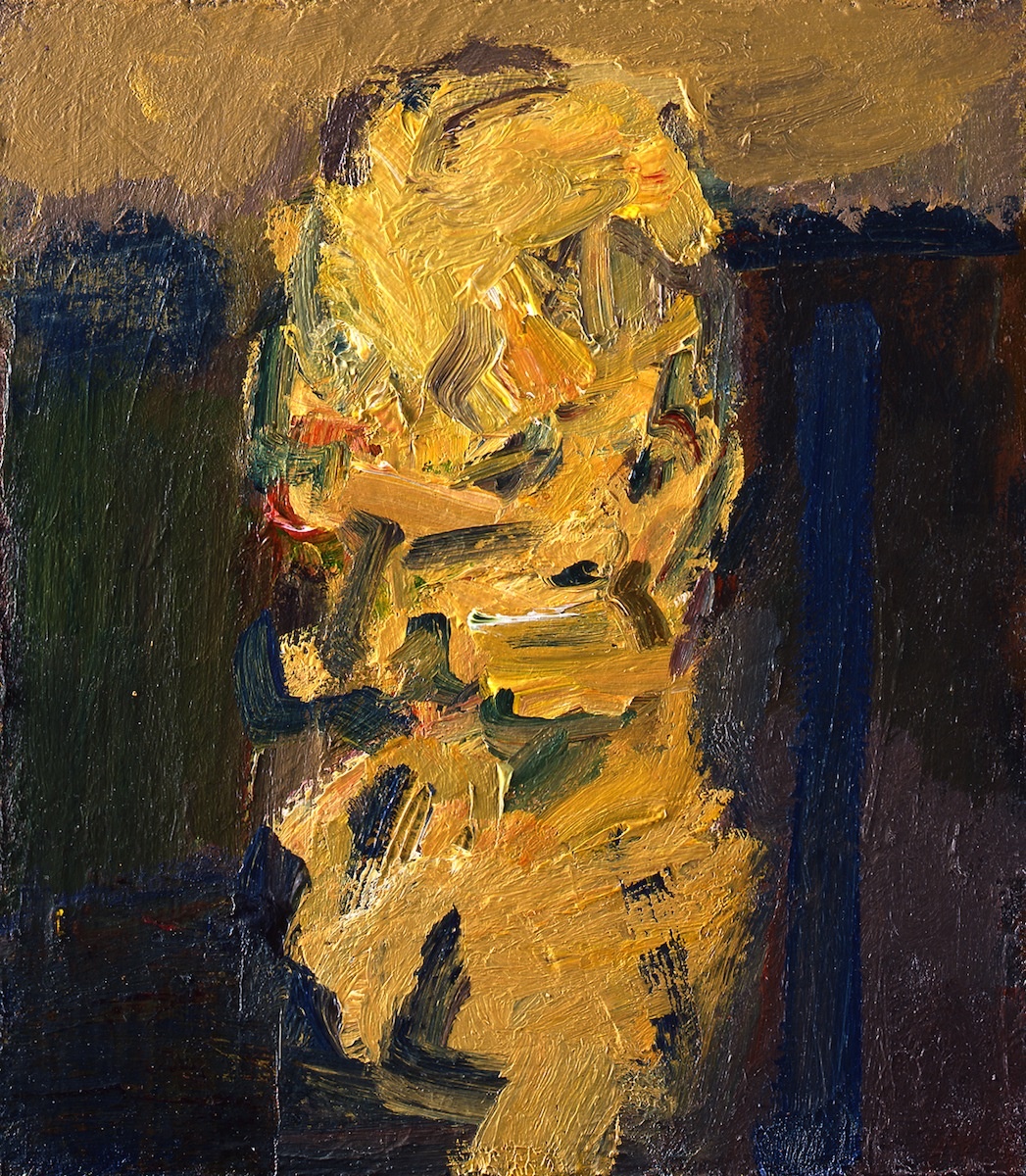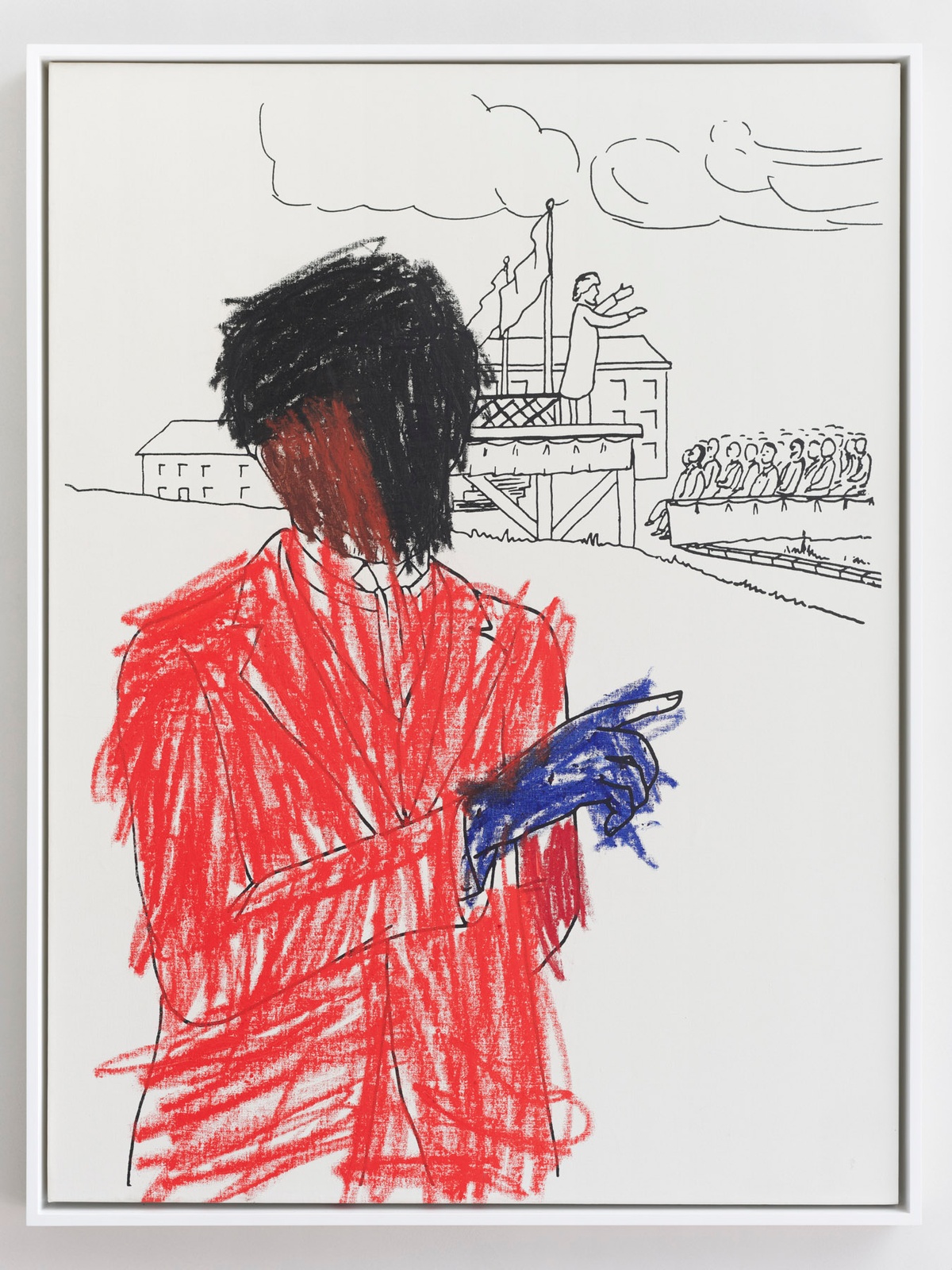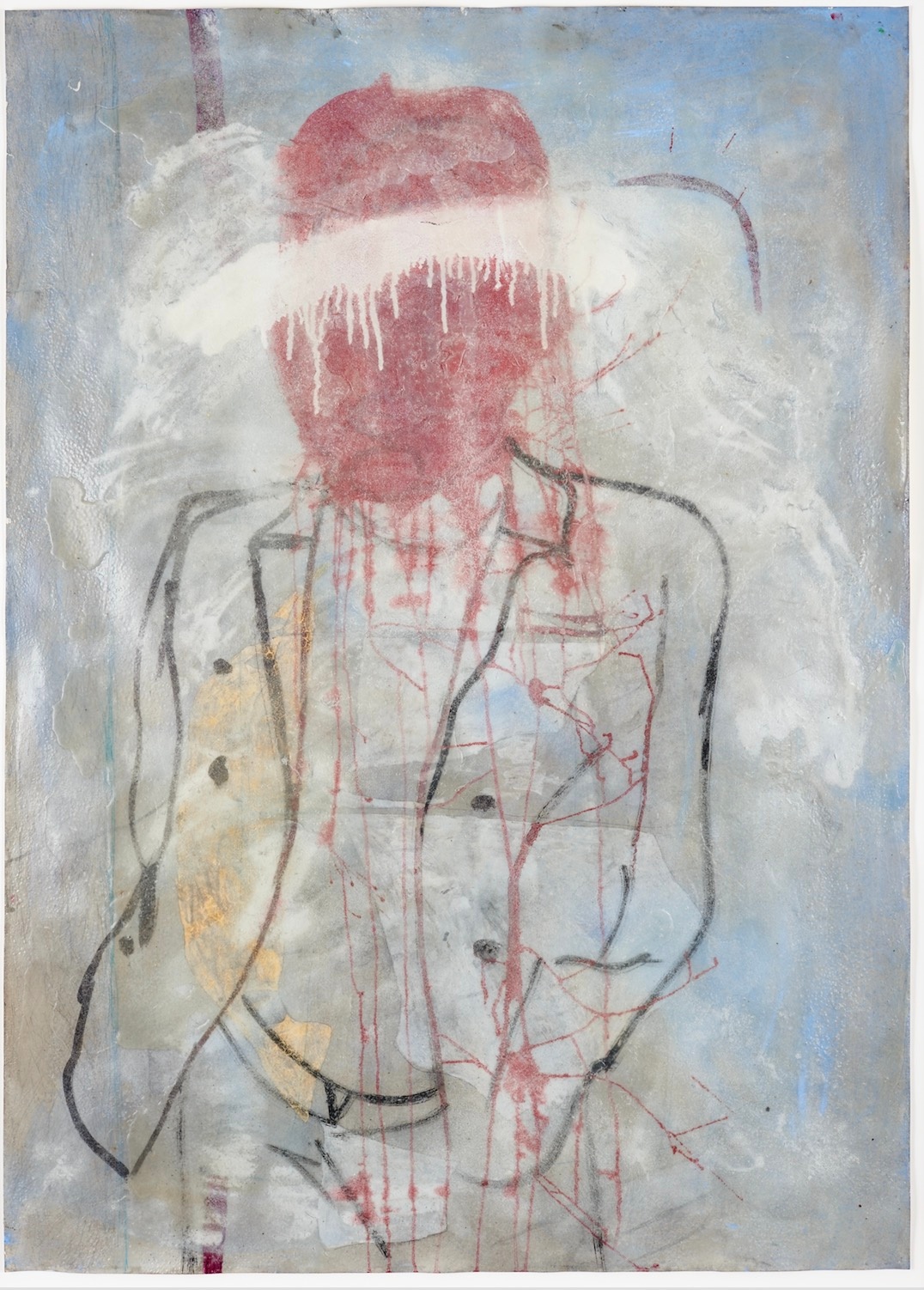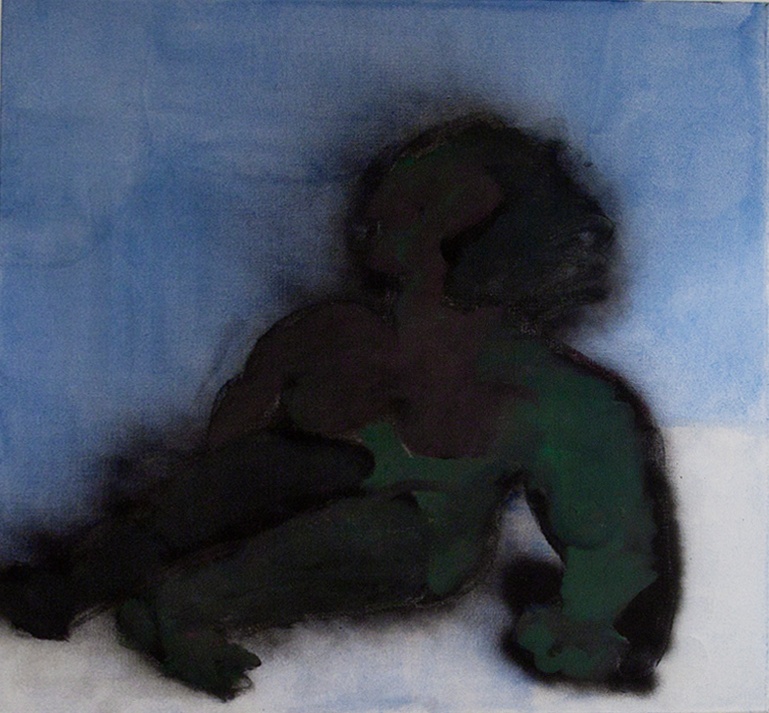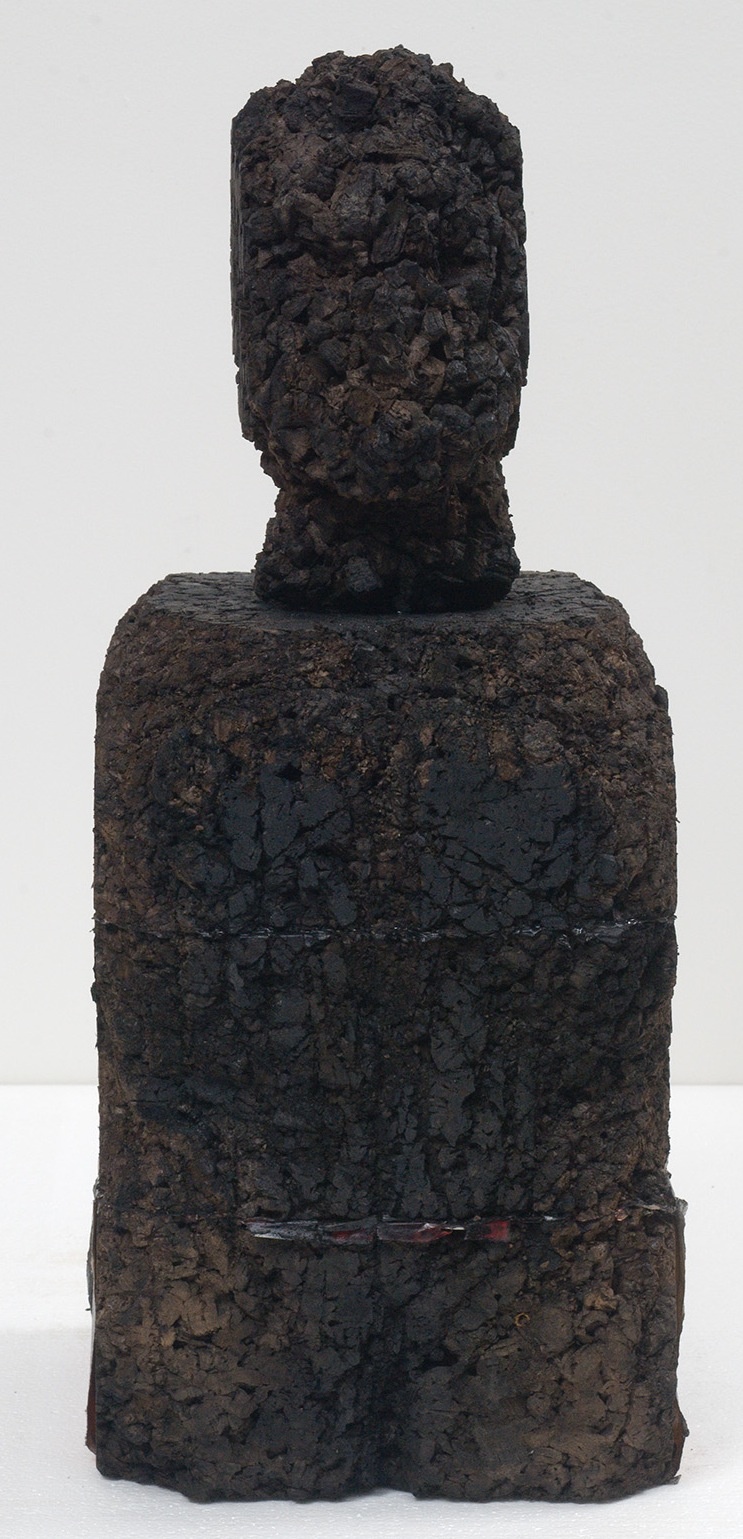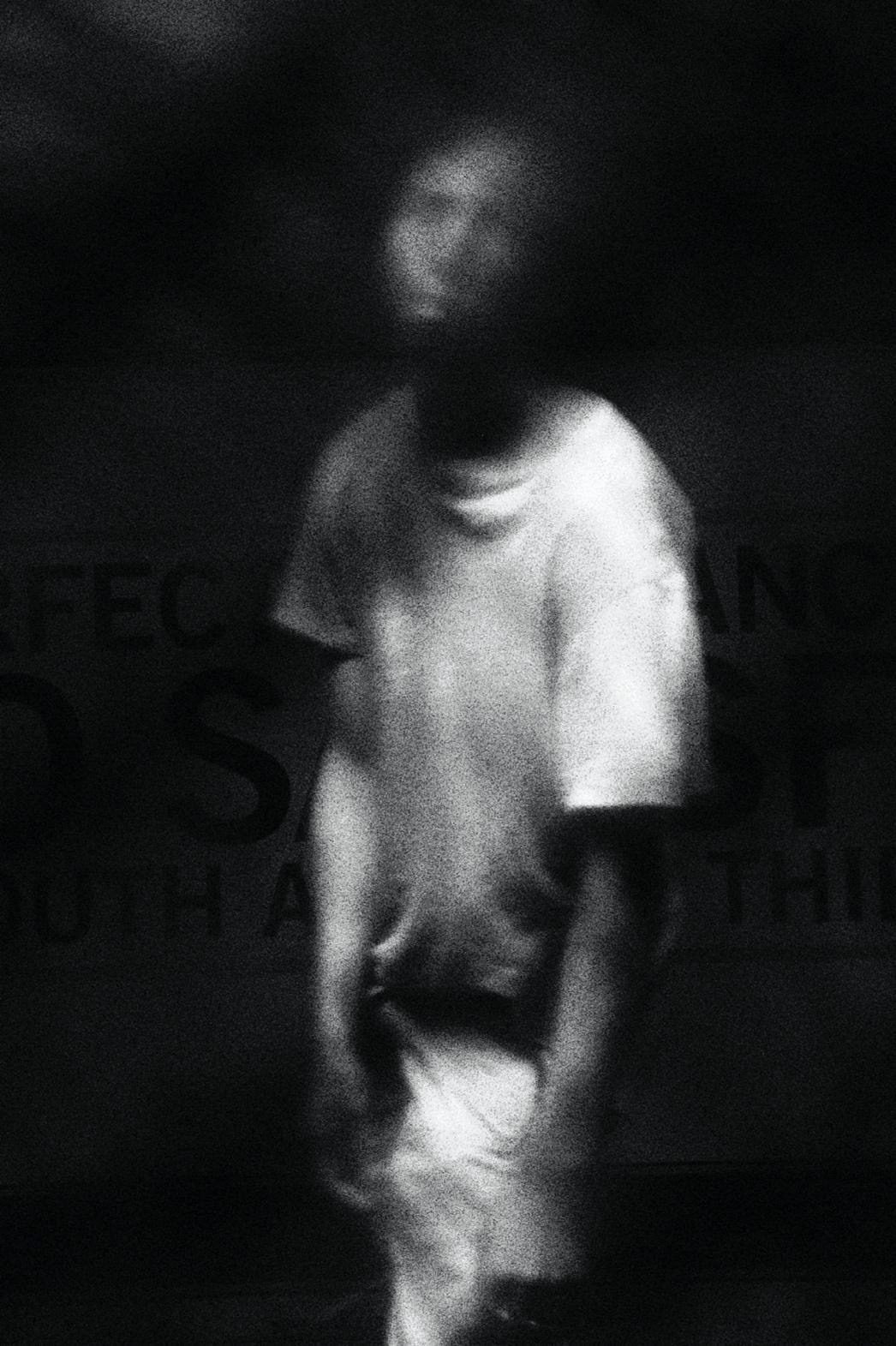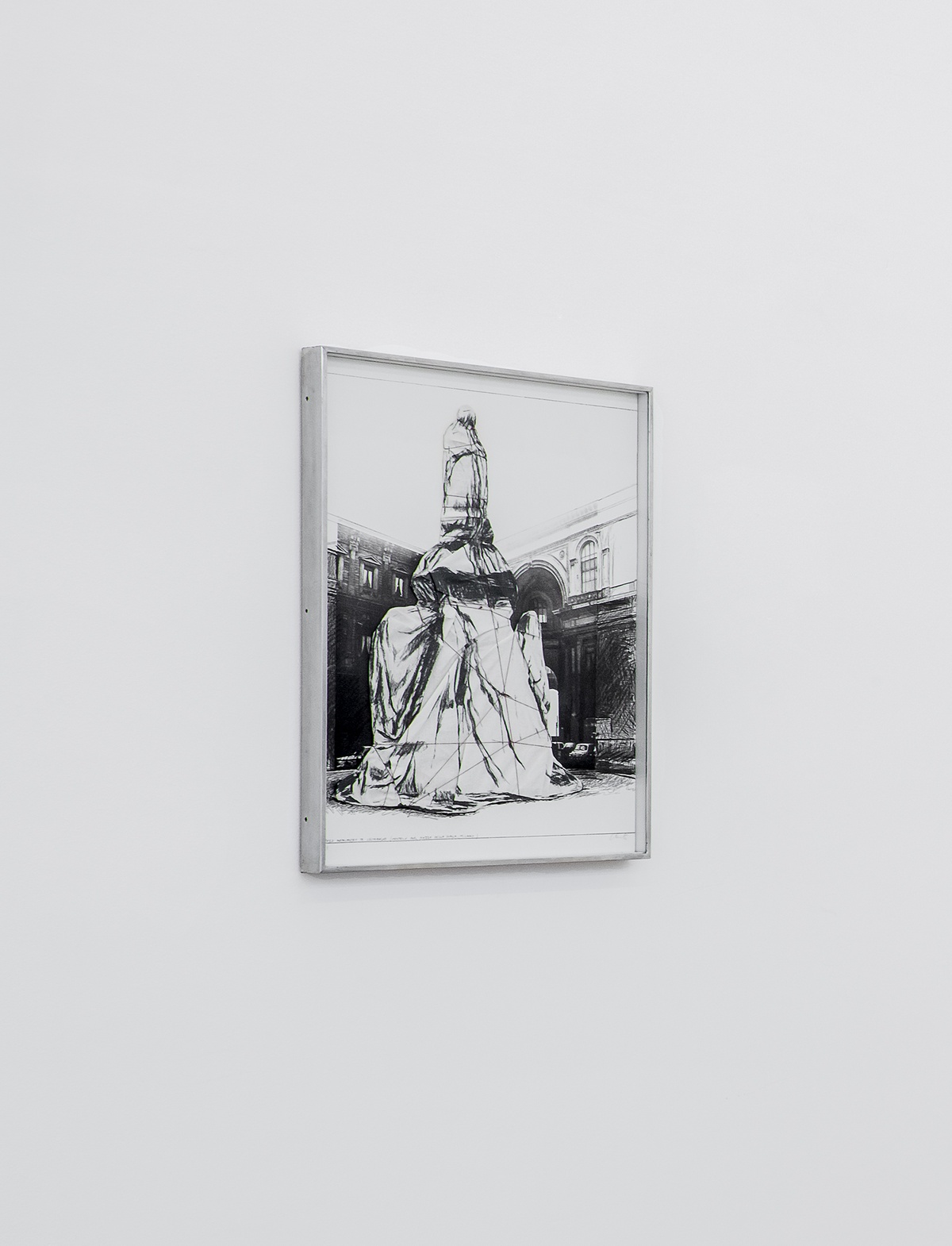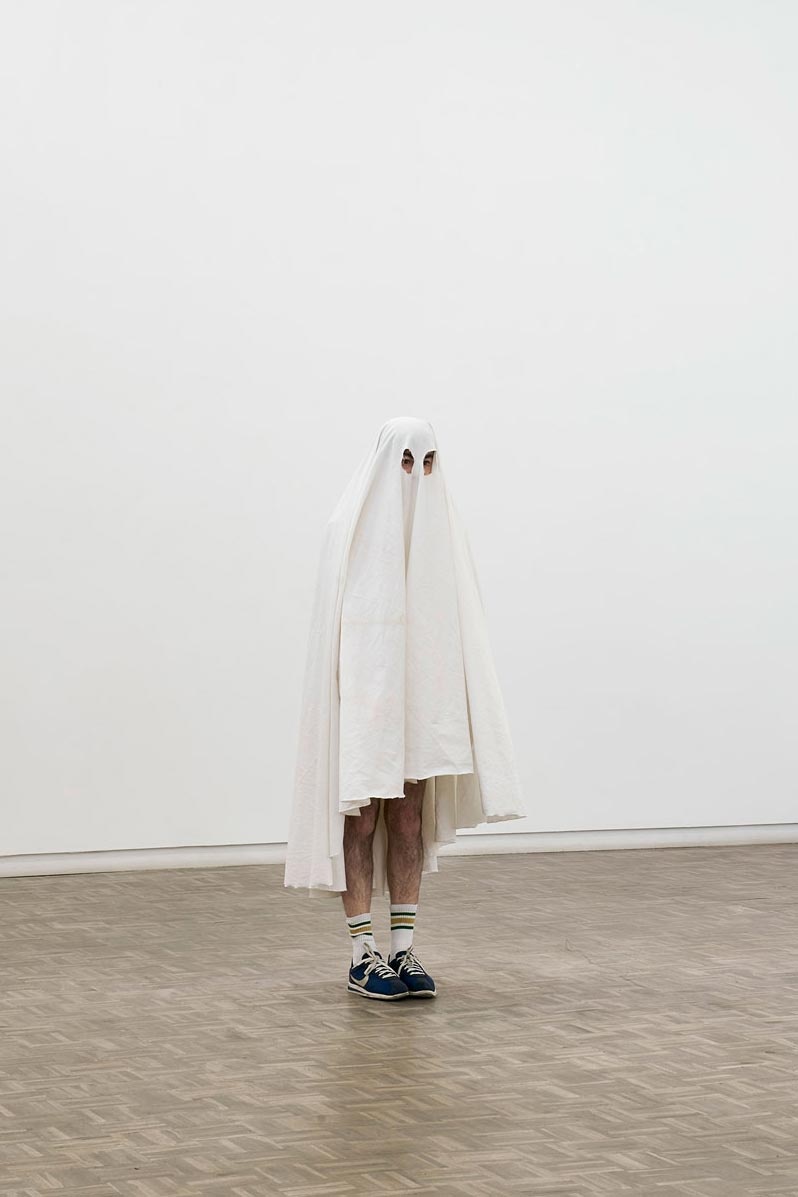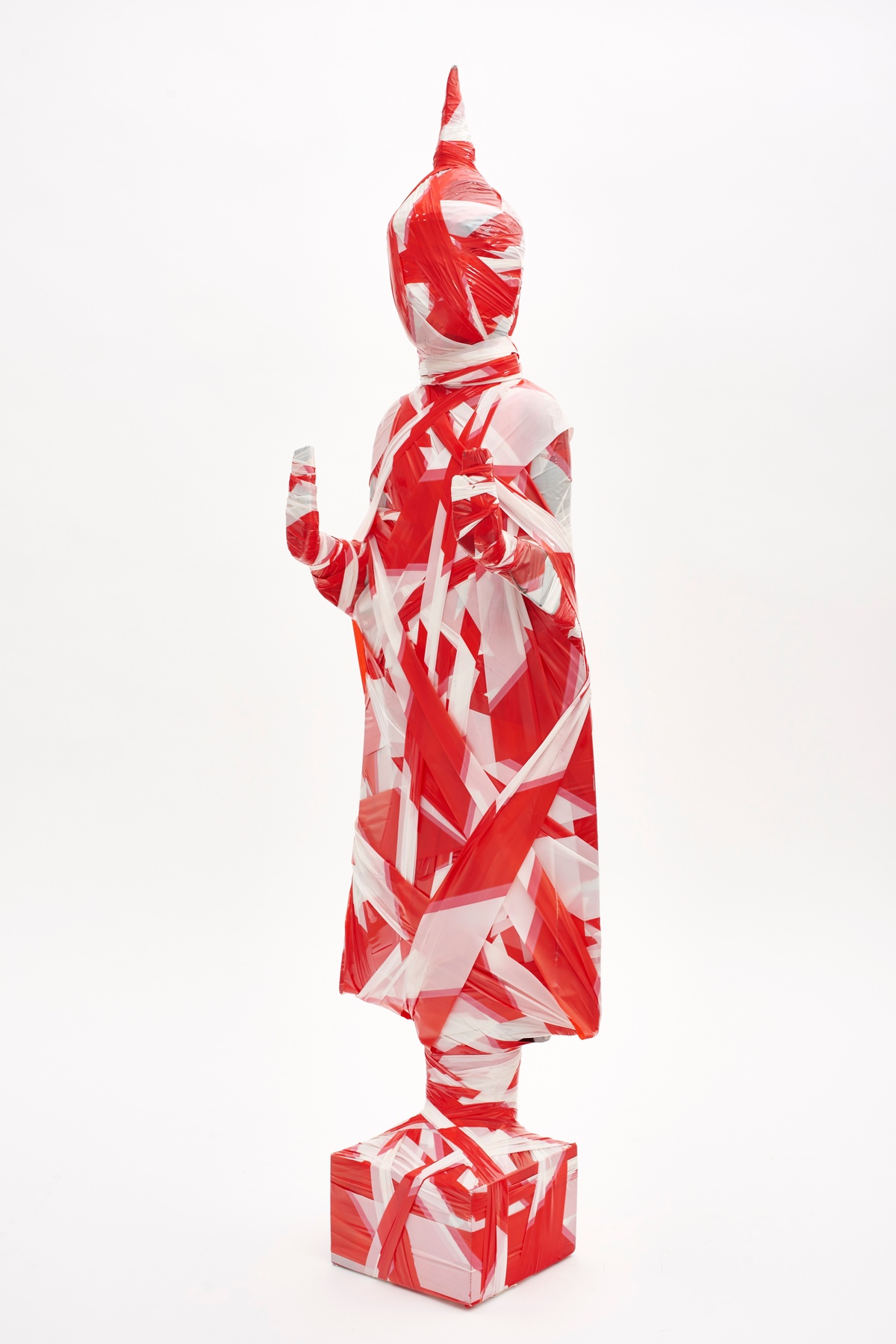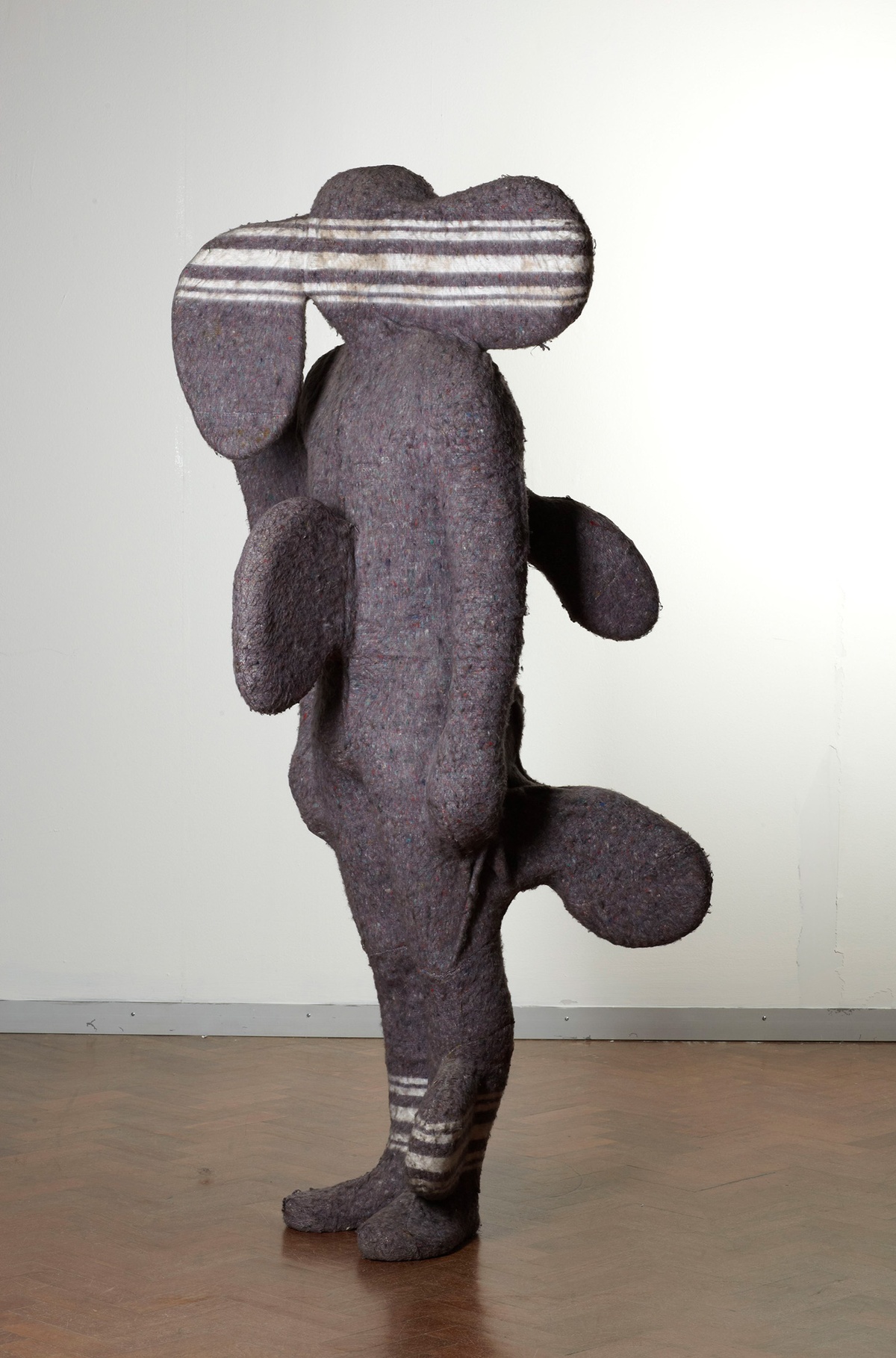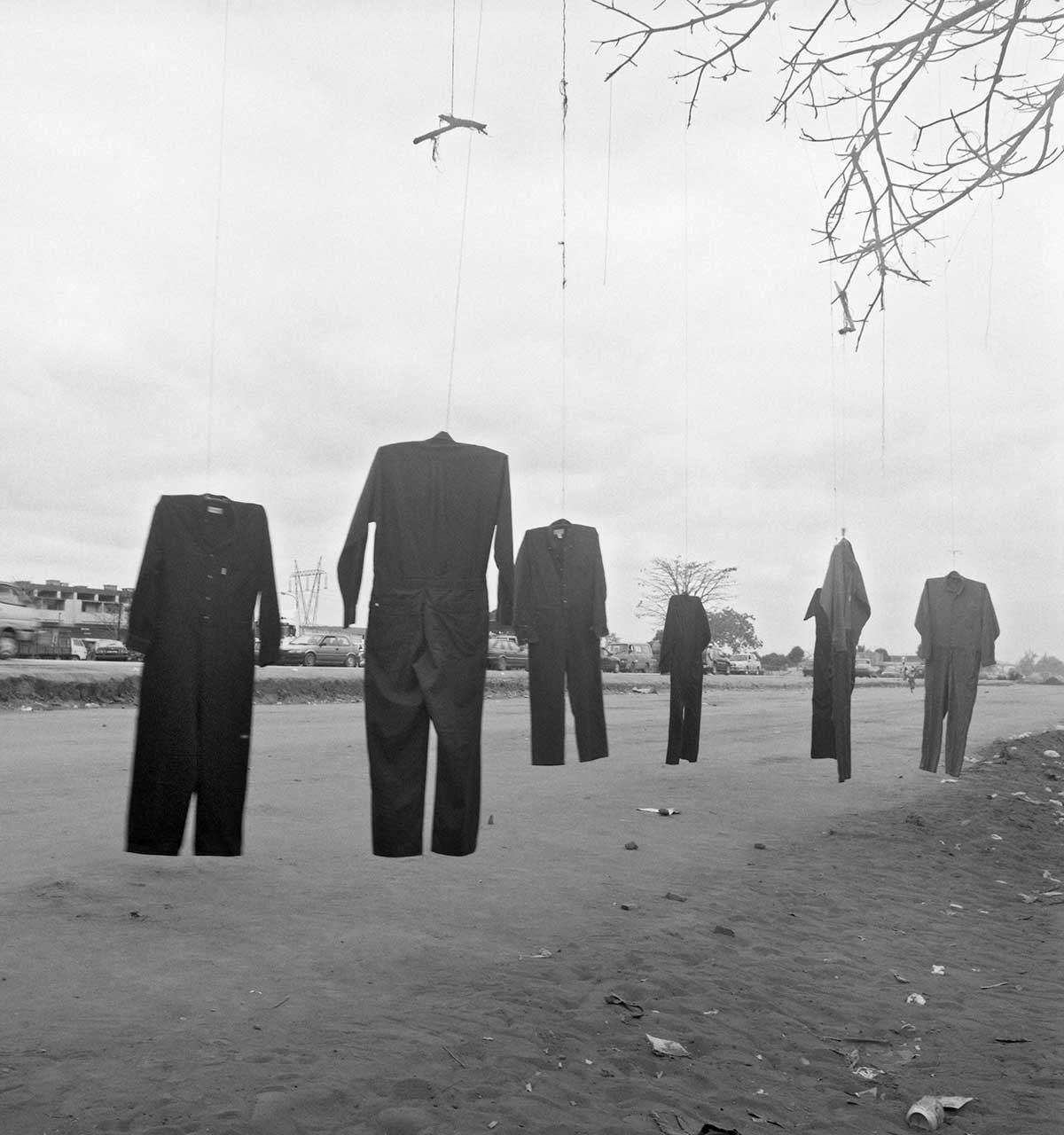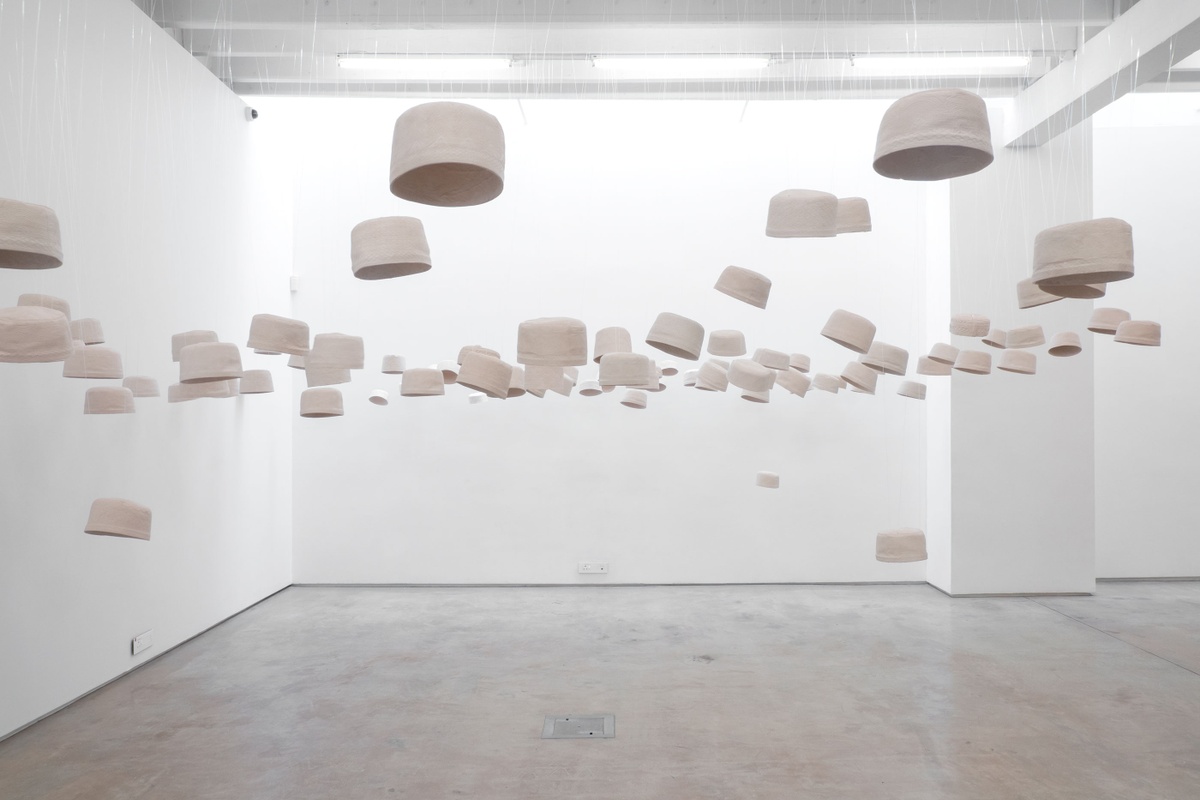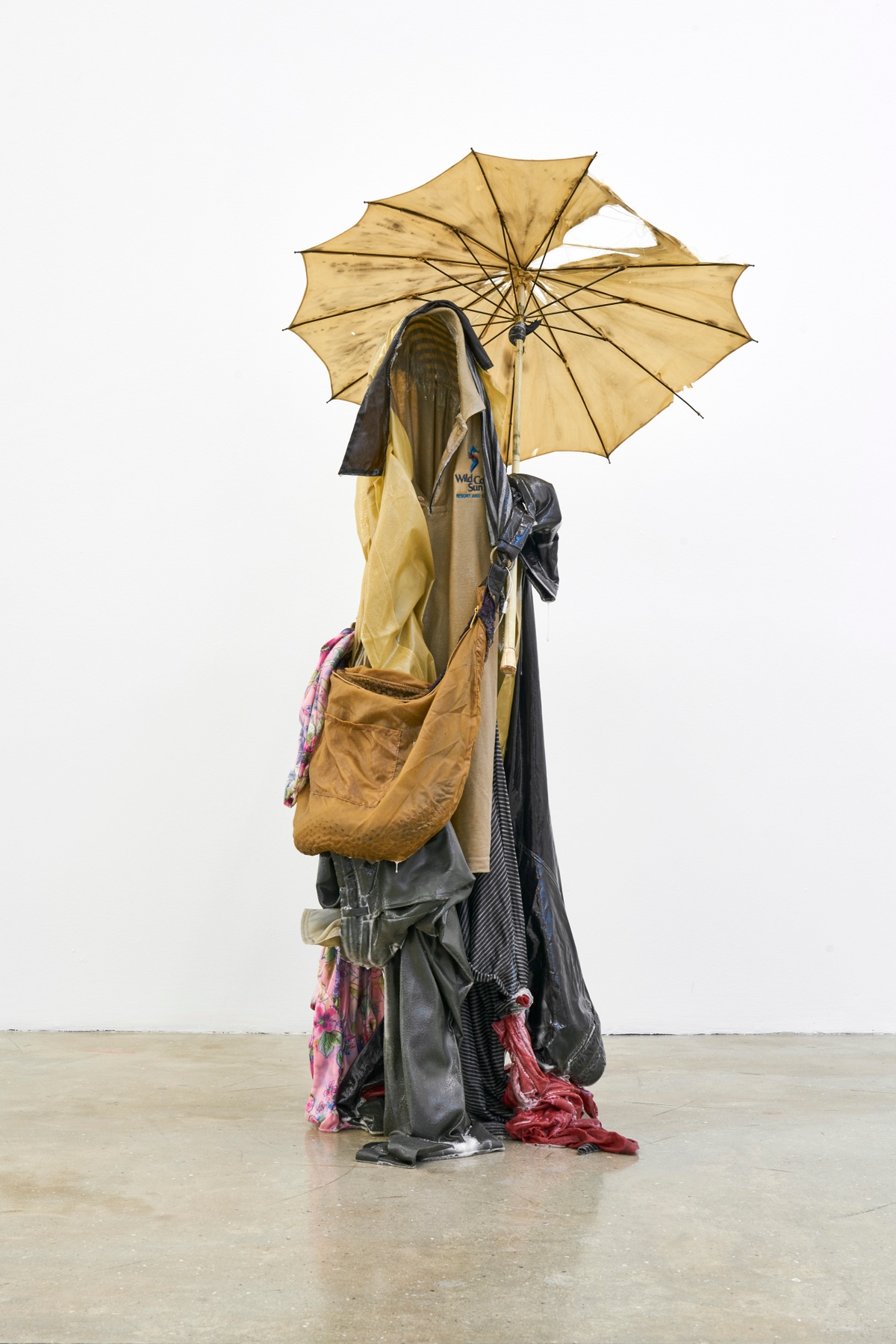Frank Auerbach

Julia is among the few people whom Auerbach has painted at weekly sittings over many years. She is also the painter’s wife. Quick to dismiss any imaginings of a mystical communion between artist and muse, Julia has likened sitting for her husband to a familial chore much like doing the dishes. The pragmatist of the pair, she has long disallowed Auerbach’s use of oil paint in the house they share when he is not in his studio. As a result, nearly all his portraits of Julia are made in acrylic on board. While his wife is perhaps a reticent model, to Auerbach, she offers the ideal study in time’s passing. “I find myself simply more engaged when I know the people,” he says. “They get older and change; there is something touching about that, about recording something that’s getting on.”
b.1931, Berlin; d.2024, London
“What I wanted to do,” the painter Frank Auerbach said, “was to record the life that seemed to me to be passionate and exciting and disappearing all the time.” Over the past sixty years, Auerbach has worked within a narrow range of subjects; painting urban scenes from North London and making studio portraits of friends and family. An inner-city recluse, he seldom leaves the Camden Town studio where he has painted all these decades and has few friends beyond an intimate gathering of fellow painters and the familiar cast of people who appear in his portraits. His early paintings are notable for their extraordinarily thick impasto paint, made in the accumulative revisions of an image. In some, the weight of the paint all but threatens to slide off the canvas. Since the 60s, however, he has scraped off imperfect attempts rather than paint over them – the day’s work more often ending up an oily residue in the studio bin. Auerbach’s finished paintings, while made in only a single sitting, are the result of many such reworkings, each a rehearsal in colour, line and form.
